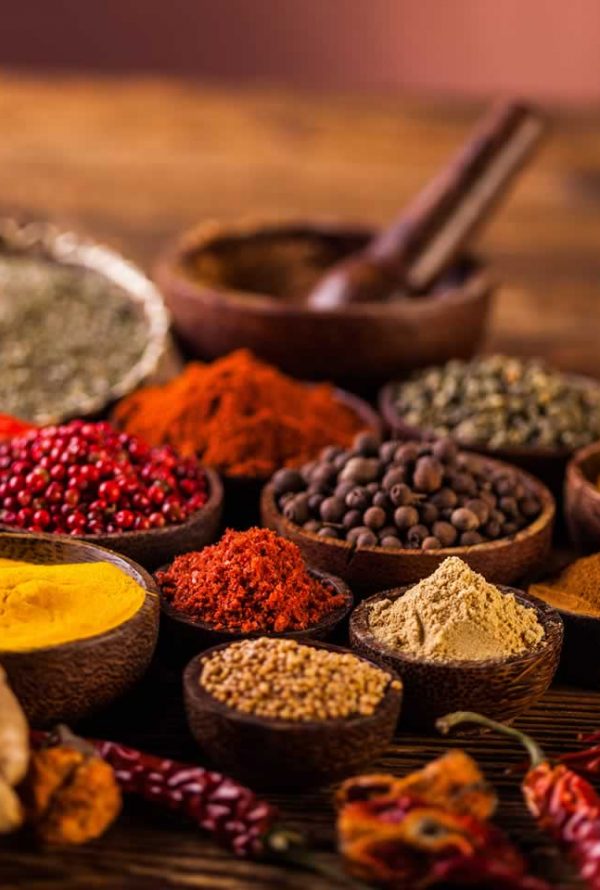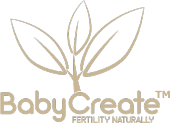
Can DNA Testing Help Improve My Fertility?
12 Aug 2020
What is the ‘Microbiome’ and how does it influence fertility?
21 Oct 2021
Bioactives are found in fruits, vegetables, nuts, seeds, herbs, spices – especially those with the brightest colours.
There has been so much research discussing the nutritional benefits of whole foods in our diet with respect to good health and fertility. But recently, scientists involved in the area of Nutrigenomics (the study of how food relates to our genes) have discovered certain chemical substances found naturally, mostly in plants, that help shape our health. These substances are called ‘Bioactives’.
One of the most important discoveries to emerge from the revolution of genomic medicine is the understanding of exactly how food provides information to the human body. As it turns out, bioactives are profoundly instrumental in how our body functions.
What are Bioactives?
Bioactives are phytochemical compounds found in plants (fruits, vegetables, nuts, seeds, herbs, spices) – especially those with the brightest colours and the strongest, most pungent flavours and odours.
They are neither a vitamin, mineral nor a calorie. However, they provide us with the most potent antioxidant, anti-inflammatory and immune enhancing benefits.
Examples of Bioactives in foods
Bioactives are grouped into categories according to their specific food/gene capabilities. They are differentiated according to how their molecules activate or deactivate genes in our body.
Some examples of bioactives in food include:
- Sulforaphane – found mostly in cruciferous vegetables such as broccoli,broccoli sprouts, brussel sprouts, kale, cabbage, bok choy, choy sum, cauliflower, radish, rocket and collard greens.
- Curcumin – found mostly in turmeric
- Anthocyanins – found mostly in berries, beetroot and other red/purple vegetables
- EGCG – found mostly in green tea
- Ellagic acid – found mostly in olive oil
- Hesperidin and Nerangenin – found mostly in citrus fruits
- Quercetin – found mostly in onions, apples, radishes, capers, elderberries, oregano
- Allicin- found mostly in garlic
- Lycopene – found mostly in grapefruit, watermelon, cooked tomatoes
- Carotenoids and betanins – mostly found in carrots and beetroot
- Luteolin – found mostly in artichokes and herbs such as oregano, thyme, sage, lemon verbena
How do Bioactives work?
Bioactives work by providing information to our genes.
According to research, they are ‘modulators of signalling pathways’. In other words, they are our ‘gene communicators’.
Their function is to activate (turn ON) certain genes and deactivate (turn OFF) other genes. It’s like turning on/off a light – you click the switch and the light bulb turns on or off. So it is with bioactives – they click your gene ‘switches’ – like a call to action for your genes from these tiny little, highly potent plant compounds.
Just a little reminder… within every cell in our body, there’s a nucleus which stores our genes. Our genes are made up of DNA which provides specific information to each one of our cells with instructions for how our body functions and survives.
One of the most important genes we need to be turned on is called ‘Nrf2’.
Nrf2 is considered the ‘master gene’ because it is the chief, most powerful activator of over 500 other genes that are extremely important for our health and bodily functions.
They function as antioxidants (repair damaged cells), anti inflammatory agents (reducing cellular inflammation) and detoxification (removal of toxins).
All the bioactive examples I’ve mentioned are excellent activators of Nrf2. The one that packs the most punch is Sulforaphane – it has the most powerful ability to turn on Nrf2.
Actually Sulforaphane also has the ability of turning off TNF, which is a gene that causes inflammation and can overwhelm the body if left in the on position.
So eat those greens!
How do bioactives help with fertility?
Now that I’ve explained how bioactives work and given you examples of where to find them in foods, I’m sure you can appreciate the important role they play in your cells (and that includes sperm as well as egg cells) – shuttling genetic messages around your body, performing positive biochemical reactions that improve your health and hence your fertility.
When couples see me, whether it be for preconception care or fertility related issues, I will always assess their current health status and suggest appropriate Functional Medicine or DNA/Genomic Tests to be done in order to work out their specific needs. I will then tailor an individually appropriate regime for them to follow.
If for example they have a chronic inflammatory or autoimmune disease, I’ll need to incorporate bioactive suggestions along with other appropriate dietary and lifestyle advice depending on their individual needs.
Male and female fertility related disorders such as endometriosis, PCOS, hormonal imbalances, recurrent miscarriage, premature ovarian insufficiency, unexplained as well as age-related infertility will all require some type of bioactive as part of my treatment approach.
Most importantly, when it comes to conception and healthy pregnancy, I focus primarily on sperm and egg quality.
Whether you are trying to get pregnant naturally or with IVF, the health status of your egg and sperm cell plays the most significant role. This is where I find bioactives really feature.
As I explained above, bioactives function by communicating with genes within every cell – so this includes egg and sperm cells… think egg quality and also sperm morphology and motility.
I hope I’ve managed to explain how bioactives work and that in order to maximise your health and fertility, it would be wise to make sure you incorporate a wide variety of those plant foods that are known to contain bioactives.
Joanne Lipinski – Fertility Naturopath Melbourne
Joanne is a certified Fitgenes practitioner and uses only those accredited, secure TGA registered DNA testing companies that produce accurate testing panels with sound research and evidence-based ratings.
